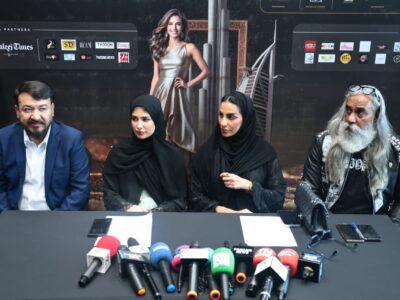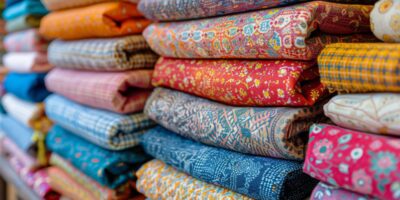The concept of luxury is being redefined by emerging high-end fashion brands from the Middle East, a region historically celebrated for its rich cultural heritage and craftsmanship. As the global luxury market continues to evolve, Middle Eastern designers are increasingly leaving their mark, introducing fresh perspectives and blending traditional aesthetics with contemporary fashion sensibilities. This article delves into how these brands are shaping the future of luxury fashion, exploring their unique strategies, challenges, and their impact on both regional and international stages.
The Rise of Middle Eastern Luxury Brands
In recent years, the Middle East has witnessed a surge in the growth of luxury fashion brands. Driven by a young, fashion-forward population and increasing economic diversification efforts, designers from the region are crafting narratives that speak both of opulence and innovation. These brands are not only capturing the essence of Middle Eastern elegance but are also pushing the boundaries of what is traditionally expected in the luxury sector.
Defining Characteristics of Middle Eastern Luxury Fashion
Cultural Integration: One of the most compelling aspects of Middle Eastern luxury fashion is its deep-rooted connection to regional culture and history. Designers leverage traditional fabrics, techniques, and patterns, such as intricate embroidery or the luxurious use of silks and velvets, to infuse their collections with a sense of place and history.
Modern Interpretation: While they draw heavily on cultural heritage, Middle Eastern luxury brands are lauded for their ability to reinterpret traditional elements for a modern audience. This includes streamlined silhouettes, innovative uses of traditional materials, and incorporating cutting-edge fashion technology like digital textile printing.
Artisanal Craftsmanship: High-end brands from the Middle East often emphasize the artisanal quality of their work, showcasing handcrafted details that harken back to the region’s artisan traditions. This not only enhances the luxury aspect of the garments but also supports local artisans and preserves craftsmanship that might otherwise be at risk of fading away.
Key Players and Trends
While specific designers are numerous, the region has seen a trend towards sustainable luxury, where brands focus on ethical practices and sustainable sourcing. This shift is particularly resonant with global luxury consumers who are increasingly conscious of the environmental and social impact of their purchases.
Another significant trend is the blending of gender norms in fashion design. Several emerging brands are pioneering unisex collections, reflecting a broader global trend towards fluidity in fashion and challenging traditional norms in regional dress.
Challenges Facing Emerging Luxury Brands
Market Penetration: Breaking into the established global luxury market can be daunting due to the dominance of long-standing, iconic brands from Europe and the United States. Middle Eastern brands must carve out a distinctive niche that highlights their unique value propositions.
Balancing Tradition and Innovation: While the allure of traditional Middle Eastern aesthetics is strong, there is also a need for innovation to stay relevant in the fast-paced fashion industry. Brands must continuously evolve without losing their identity, which can be a delicate balance to maintain.
Economic Fluctuations: Economic instability in some parts of the Middle East can pose challenges to the growth and expansion of luxury brands. Political unrest can also impact consumer confidence and disrupt supply chains, making it difficult for brands to maintain a steady presence in the market.
Strategies for Success
Leveraging Digital Platforms: To reach a global audience, Middle Eastern luxury brands are increasingly turning to digital platforms. E-commerce, social media marketing, and virtual showrooms are becoming essential tools for building brand awareness and customer loyalty across borders.
Collaborations and Partnerships: Collaborating with other designers, artists, and international brands can open new markets and enrich the brand’s creative output. These partnerships can also provide valuable media exposure and access to new customer segments.
Focus on Exclusivity and Experience: To differentiate themselves, luxury brands from the Middle East are focusing on providing exclusive, personalized shopping experiences. This can include bespoke services, limited edition pieces, and exceptional customer service, all of which enhance the brand’s luxury appeal.
Conclusion
Emerging high-end fashion brands from the Middle East are redefining luxury by marrying the region’s rich cultural heritage with modern design principles. As they navigate challenges and seize opportunities, these brands are not just participating in the global luxury fashion market—they are actively shaping its future. With a focus on craftsmanship, innovation, and a deep respect for their roots, Middle Eastern luxury brands are poised to make a lasting impact on the international fashion scene.














